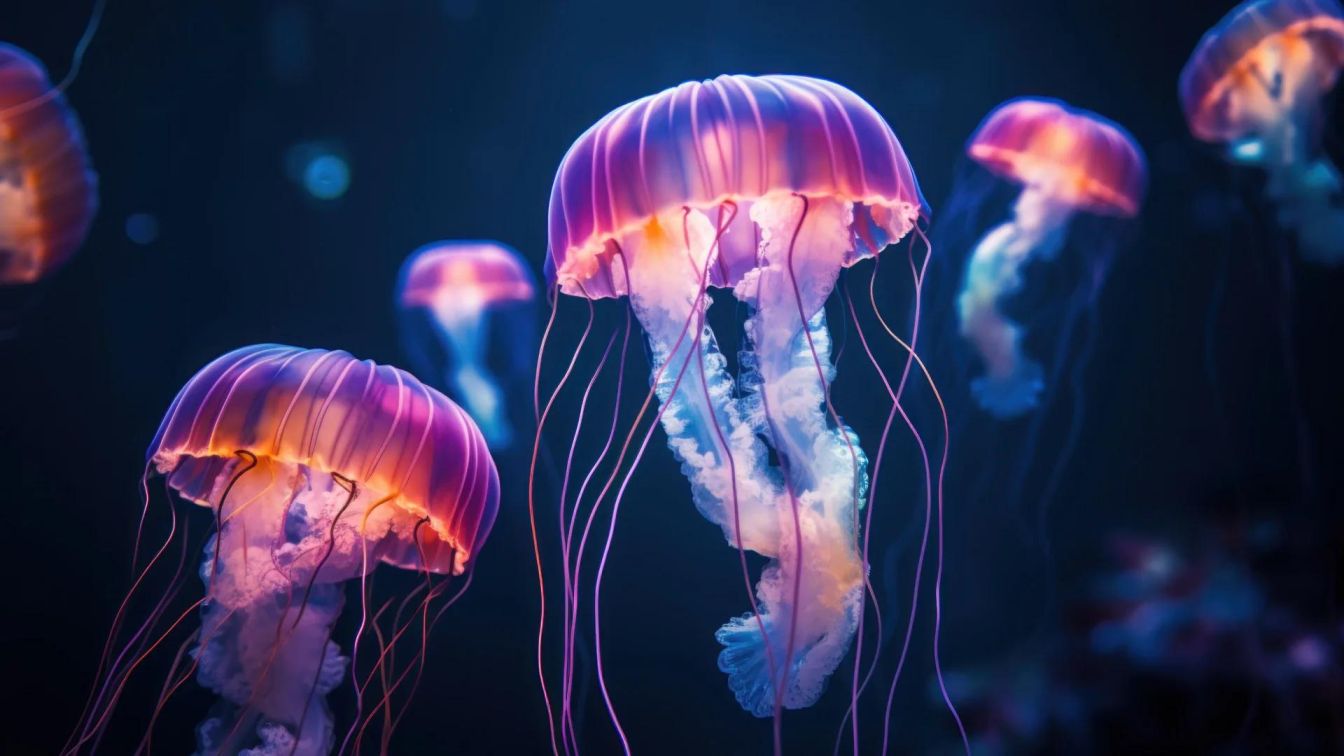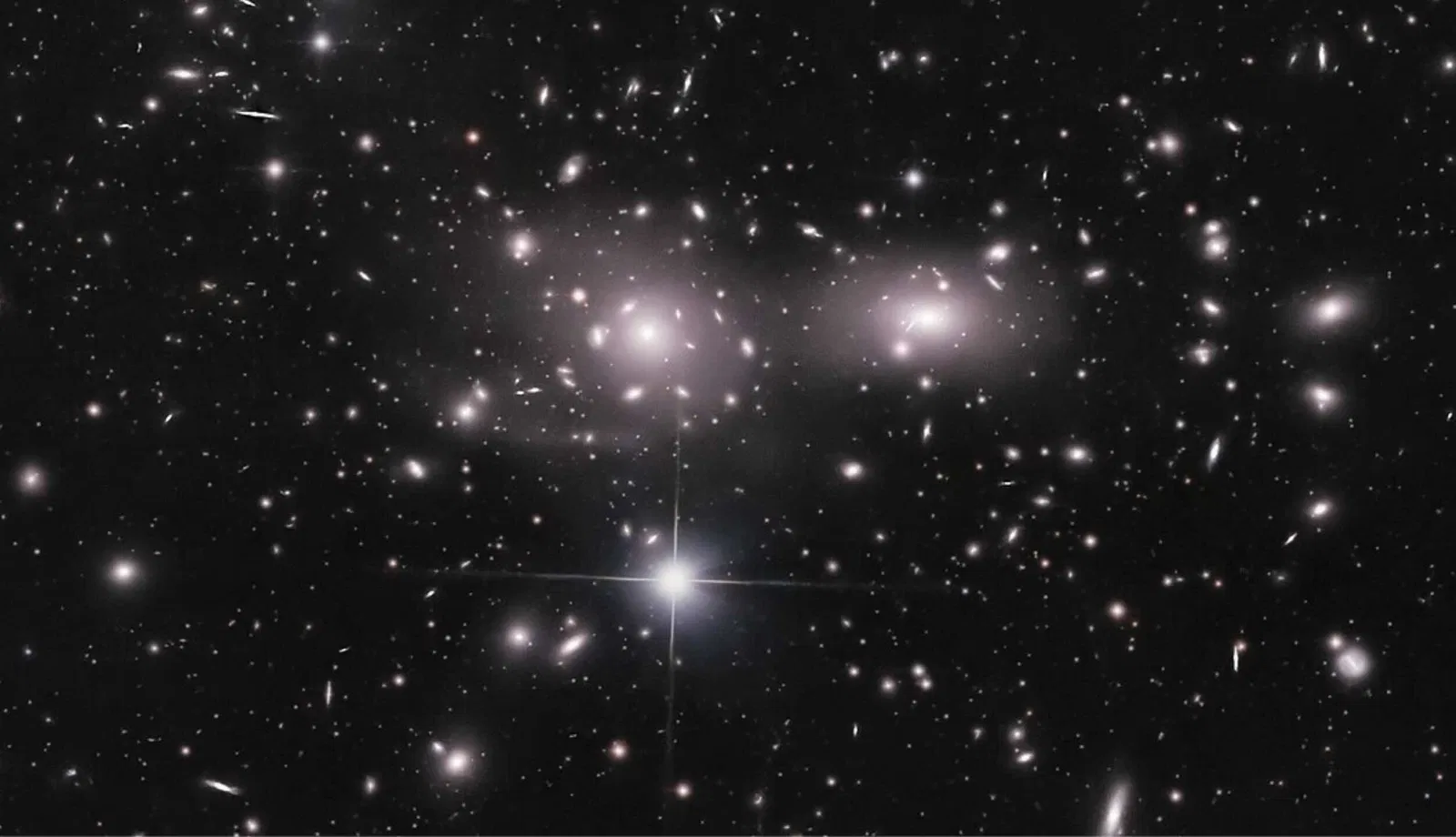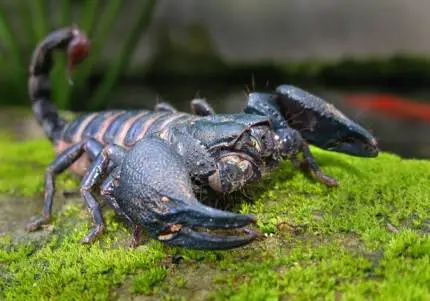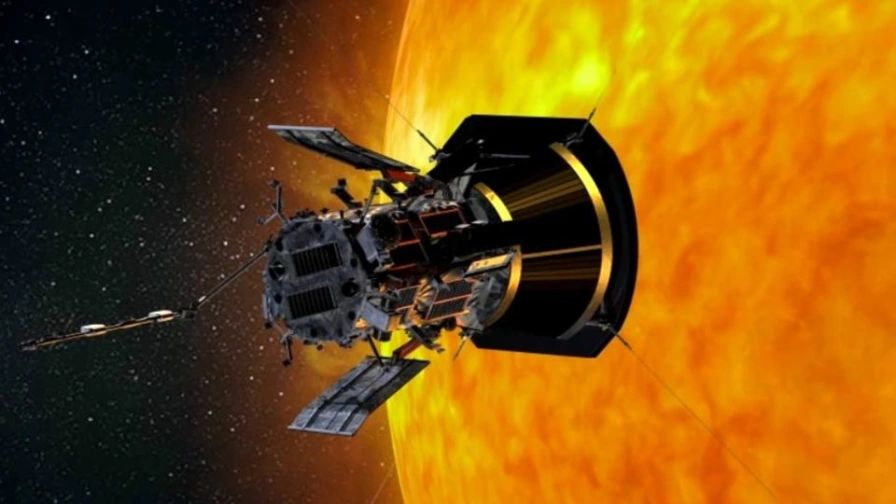Did you know that humans are more like jellyfish than we previously thought? Scientists, sparkling with enthusiasm for space exploration were keen to discover how exactly micro-gravity would effect human development if we endured long-term space flight. Could we someday have space-born baby astronauts? Well, because we can’t send human infants up to space for our research, the scientists did the next best thing and sent some cosmic drifters on an interplanetary voyage. Here is how space jellies learned the secrets to space exploration!
Jellyfish Aren't Truly Fish
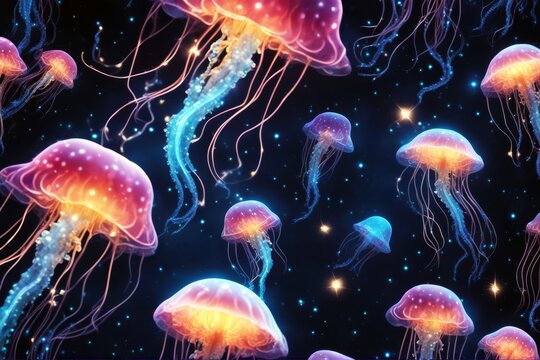
Jellyfish are aquatic marine animals that tend to be distinguished by their umbrella like bell and flowing tentacles, with its name referring the jelly-like substance they are formed up of. Contradictory to their name, these ocean drifters aren’t truly fish - they are regarded as invertebrates as they do not have a backbone!
Jellyfish have no brain, heart, bones or eyes, they truly are eternally interesting animals! In this article, however, we will primarily be discussing about moon jellyfish, sometimes known as Aurelia Labiata.
Why Send These Ocean-drifters All The Way To Space?
The moon jellies that were transported to space had been assigned with a mission to better our understanding of the consequences of microgravity. It is exceedingly impossible to anticipate accurately how human bodies would respond in a weightless environment.
But worry not, the jellyfish are here to inform us instead! Jellyfish are amongst the simplest species to live here on Earth yet, surprisingly, they really possess neurons that have strong parallels to the nerve cells that humans possess.
We, humans, have gravity sensors that are made up of calcium carbonate placed in our inner ears. These structures can sense linear acceleration and are utilized as gravity, balancing, movement and orientation indicators. We call this structure an otolith.
Similar to this, Jellyfish employ structures called rhopalia to retain their right orientation in the water. The rhopalia comprises of calcium sulphate crystals, found near the base of their mushroom like bodies. These calcium sulfate crystals that are present in jellyfish are referred to as the statolith, which is equivalent to the otolith found in humans! You may also read this: NASA gives SpaceX the privilege of crashing the ISS into the sea
From 'baby' Jellyfish To ' Juvenile' Jellyfish
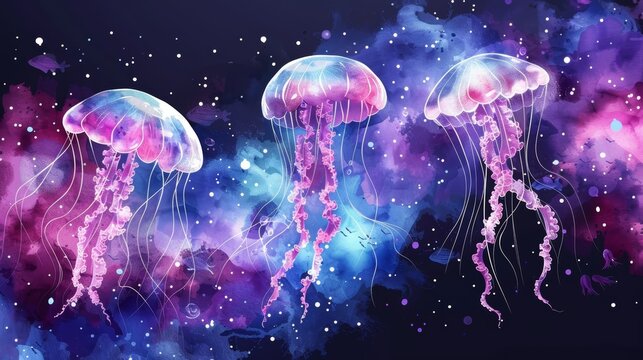
Since the gravity up in space may get incredibly scarce, this means that astronauts often have to contend with very strong motion sickness. It is crucial to battle space sickness as it may be highly detrimental to the safety of our space-explorers. One of the impacts of space sickness is diminished productivity, this can lead to mission delays and even further result in cost problems. Space travel may already grow quite expensive, adding charges on top of that is absolutely not something we want! This is why scientists think that it is highly vital to research how gravity impacts life, particularly the development of human life.
It would be rather difficult to study human newborns in space as they would take several years to mature; this might lead to increased expenditures and upkeep (not to mention all the ethical considerations that would be involved!). On the other hand, jellyfish that are in their polyp stage (still linked coastal reefs) take just six to eight days to evolve into an ephyra (where they can swim free), so it takes only five days for them to produce their gravity sense organ. We can examine many distinct phases of jellyfish due to the little time it takes for them to evolve.
Since jellyfish happen to share comparable gravity-sensing components to people and develop at a higher rate, scientists thought to investigate these astronaut-turned moon jellies so that we might battle the symptoms of space sickness! This might provide us vital insights into how future generations of mankind will evolve in response to growing up in a microgravity environment.

